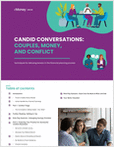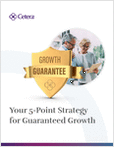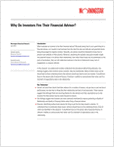A large majority of insurers worldwide now view risk appetite and risk tolerance statements, both key components of enterprise risk management, as highly important to their companies’ ERM programs, according to new research.
So concludes the global professional services firm Towers Watson in its 8th biennial survey of global enterprise risk management. The report gathered responses from senior executives at major insurers worldwide about the approaches to, and current status of, their companies’ enterprise risk management (ERM) activities.
The report records a 15-point increase compared to 2012 (76 percent versus 61 percent) in the percentage of executives who give high ranks to risk appetite/tolerance statements. Only risk culture (78 percent) ranked higher in importance.
Yet insurers said that further improvements to their risk appetite and risk tolerance statements are needed. More than half (57 percent) expect to make changes to both in the next two years.
“According to our research, insurers have made significant progress in the development of their risk appetite, which has laid the foundation for links with business operations,” says Mike Wilkinson, Towers Watson’s EMEA Risk and Solvency II leader. “This is encouraging, as a meaningful risk appetite is critical to really build your ERM framework into a useful tool for the business.
“Risk appetite metrics with risk limits help bring the framework to life for day-to-day risk taking, which has an extra impetus in Europe as Solvency II is implemented,” he adds.








 June 22, 2015 at 07:18 AM
June 22, 2015 at 07:18 AM










